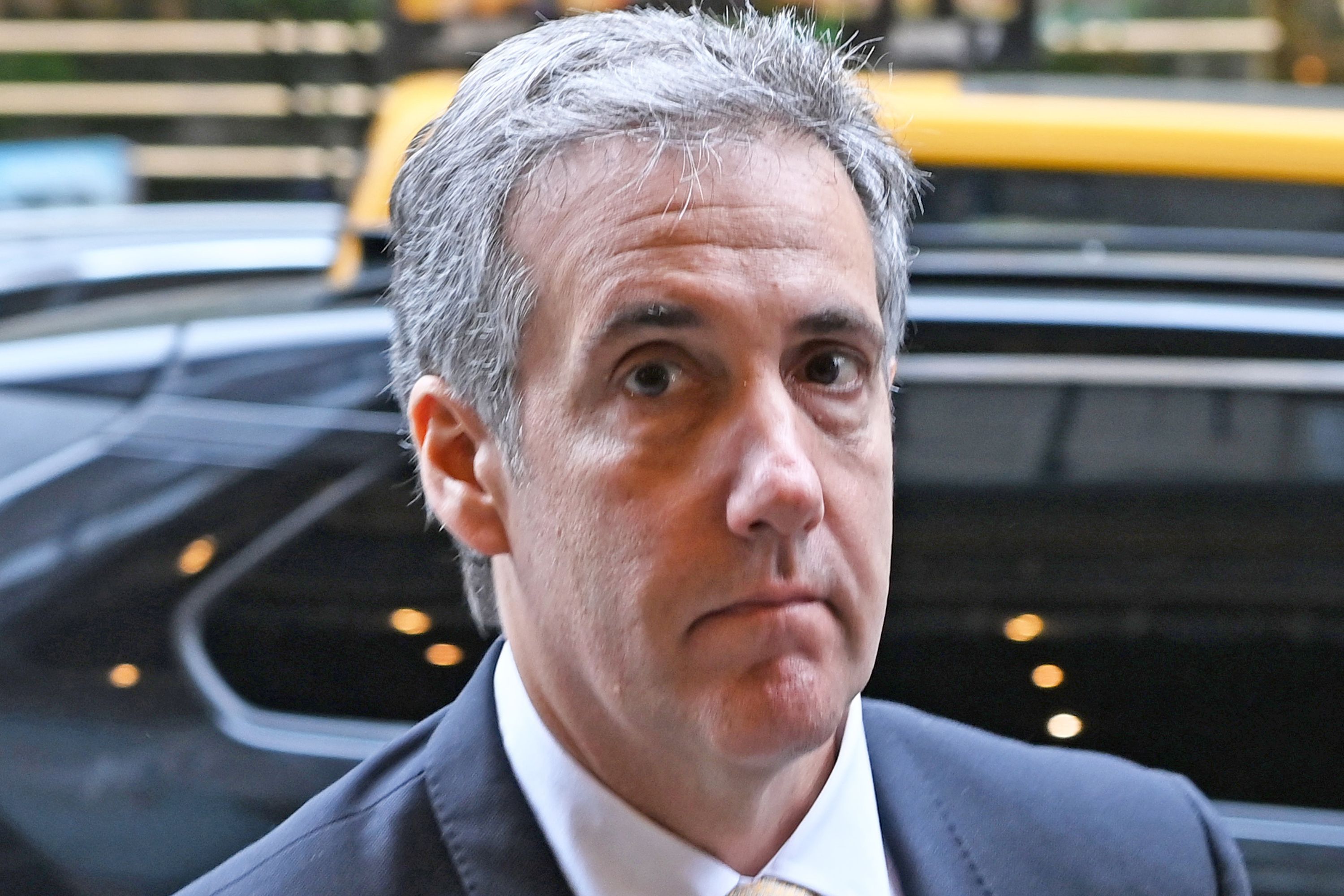Russia could face a decline of its population by more than 10 percent over the next two decades, according to figures released by its Federal State Statistics Service.
Rosstat's prediction follows long-held concerns about a demographic crisis in Russia whose population peaked in 1994 with 149 million people but has since dipped to 146 million today.
Vladimir Putin's full-scale invasion of Ukraine in February 2022 may have racked up high Russian loss of life, which, according to some estimates, total more than 300,000. Up to one million people are estimated to have fled Russia to avoid fighting in the war.
Newsweek has contacted the Kremlin for comment.
Even before the war, Russia recorded almost one million excess deaths between the start of the COVID pandemic and the end of 2021—the sharpest annual fall in population in post-Soviet times.
Putin said in November that Russia faces "difficult demographic challenges" and lamented the demise of the tradition of large families, saying that "having many children and a large family should become the norm."
However, Putin may face an uphill battle according to Rosstat which has delivered a sober assessment of Russia's demographic situation between now and 2046.
Its baseline forecast says that a natural decline in the population will average around 500,000 people per year, with the total population decreasing by 7.6 million by 2046, to 138.8 million, which would be the lowest since 1981, business newspaper RBK and Russian outlets reported. The Moscow Times compared the figure with the population of the Russian empire in 1897, two decades before the revolution ushered in communism.
In the worst-case scenario, Russia's population could decline by as many as 15.4 million people to 130.6 million, equivalent to a population decline of 700,000 per year. Positive annual migration growth of 154,000 will not compensate for the natural decline, it said.
The death toll will rise over the next two decades, exceeding two million per year in 2032 and peaking at 2.09 million in 2039 before declining again. Meanwhile, life expectancy will rise from 73.17 years in 2024 to 77.15 years in 2045—81.5 for women and 72.6 for men.
This forecast of a plummeting Russian population chimes with the United Nations' prediction that it would fall from 146 million today to 133 million by 2050.
Demographer Igor Efremov told RBK that the highest and lowest numbers Rosstat gave were extreme scenarios but for Russia to increase its birth rate will require citizens to earn more income and benefit from increased government spending.
In 2020, Russian prime minister Mikhail Mishustin announced a program to help spur the birth rate to 1.7 children per woman by 2024 through financial support, preferential mortgage rates and free courses for women on maternity leave.

Uncommon Knowledge
Newsweek is committed to challenging conventional wisdom and finding connections in the search for common ground.
Newsweek is committed to challenging conventional wisdom and finding connections in the search for common ground.
About the writer
Brendan Cole is a Newsweek Senior News Reporter based in London, UK. His focus is Russia and Ukraine, in particular ... Read more





